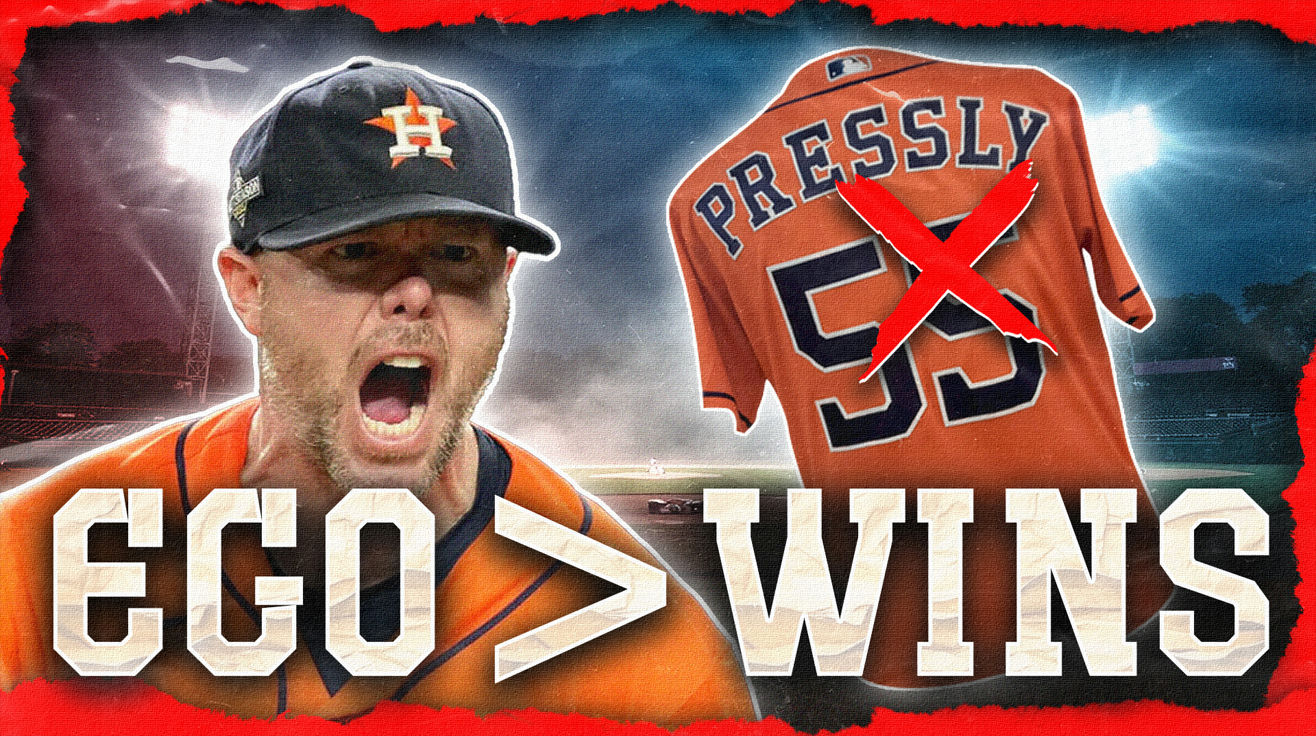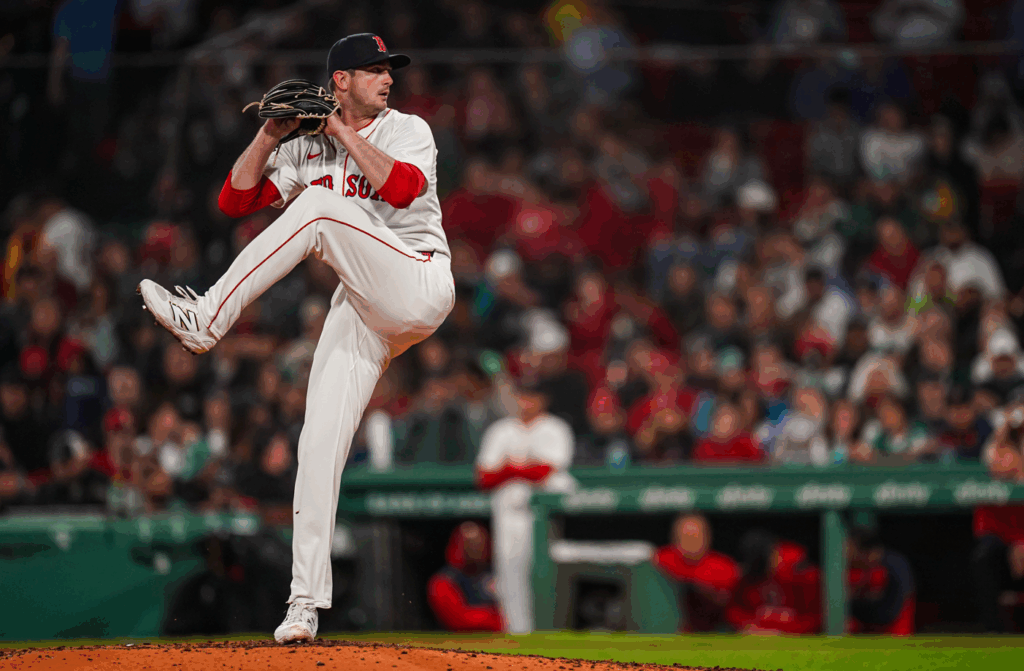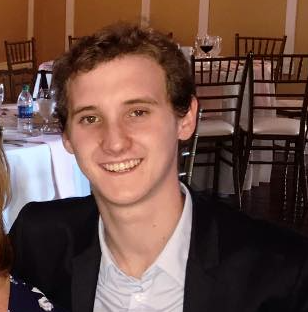
The world of professional sports pulses with talent and ambition, where individual stars often navigate complex team dynamics. Pressures mount when personal aspirations clash with collective objectives, creating environments ripe for conflict. The trade involving pitcher Ryan Presley embodies this intersection. Initially hailed as a strategic move, the trade’s narrative soon evolved. Questions about Presley’s fit and commitment stirred controversy. The situation exposed underlying tensions between players, management, and fans. Personal aspirations and team necessities became tangled, clouding initial optimism. This event reveals the intricate web of relationships within sports franchises. Understanding Presley’s story uncovers deeper truths about player motivations and the high-stakes game of ego and finance in professional athletics.
The Hader Signing: A Seemingly Smooth Transition

Unlike the behind-the-scenes turmoil, the Josh Hader signing initially appeared seamless. The Astros management projected team unity, which created a positive public image. General Manager Dana Brown publicly stated that Ryan Presley supported the move, emphasizing the team-first attitude. Manager Joe Espada echoed this sentiment, reinforcing the narrative of harmonious integration. Presley himself contributed to this impression. He publicly declared his willingness to pitch in any inning, showing his commitment to the team’s success. Fans initially perceived the situation as one of professional acceptance and adaptability. The team’s messaging suggested that Presley was willing to embrace a role that was not a closer. This perceived unity comforted the fan base, but was this outward display genuine, or did it mask deeper discontent?
The Cracks Appear: Unveiling the Underlying Discontent

Contrary to the initial narrative, the Astros’ motivation for seeking a trade revolved around finances. Owner Jim Crane’s well-known aversion to luxury tax penalties pushed management toward cost-cutting measures. Trading Ryan Pressly emerged as a strategic solution to remain under the luxury tax threshold. The Astros, facing escalating payroll demands, found themselves needing to shed salary. This resulted in a trade to the Chicago Cubs. Initially, Presley hesitated to waive his no-trade clause, signaling underlying discontent. Despite the public facade, financial considerations drove the Astros’ actions. The situation underscores the complicated interplay between player satisfaction, team finances, and owner mandates, showing the difficulties of these decisions.
Pressley’s Revelation: A Demotion and a Fracture

Professional sports often prioritizes winning above all else, sometimes at the expense of player happiness. Ryan Pressly’s post-trade admission starkly contrasted with his earlier statements. The initial narrative painted a picture of a player embracing a reduced role for the team’s success. Dana Brown later admitted that the relationship between Pressly and the Astros fractured over time. Presley himself confirmed his initial enthusiasm to retire with the Astros was impacted when demoted. This admission revealed the truth. What appeared harmonious on the surface concealed deep-seated dissatisfaction. The truth of the fracture demonstrates the complexity of player transitions. Can teams balance strategic needs with honoring player loyalty?
Ego vs. Team: The Whitlock Comparison

Team players demonstrate dedication that helps foster a winning atmosphere. Garrett Whitlock of the Red Sox exemplifies such a selfless attitude, contrasting with Ryan Presley’s situation. Whitlock readily embraced the role of being the “janitor,” willingly cleaning up any situation the team needed. This consistent selflessness highlights Whitlock’s team-first approach. Whitlock’s mentality contrasts sharply with Presley’s initial claims of acceptance. Where Whitlock prioritized the collective’s success, Presley’s discomfort with a reduced role led to internal strife. Thus, a strong commitment to the team creates unity, but individual dissatisfaction impacts team dynamics.
The Cubs’ Gamble: A Worthwhile Risk?

Why did the Chicago Cubs take a chance on Ryan Pressly? The trade presented both opportunities and risks. Pressly’s addition aimed to bolster the Cubs’ bullpen with veteran experience. However, his strikeout rate declined from 12 per nine innings in 2022 to 9 in 2024. Hader may be better, indicating a possible drop in Presley’s effectiveness. His age raises concerns about long-term performance. Still, a change of scenery and focused coaching could revitalize him. This could prove a shrewd acquisition if he regains his peak form. Thus, the Cubs’ gamble hinges on Presley’s ability to recapture his earlier dominance. Can he defy expectations, or is this a risk that won’t pay off?



